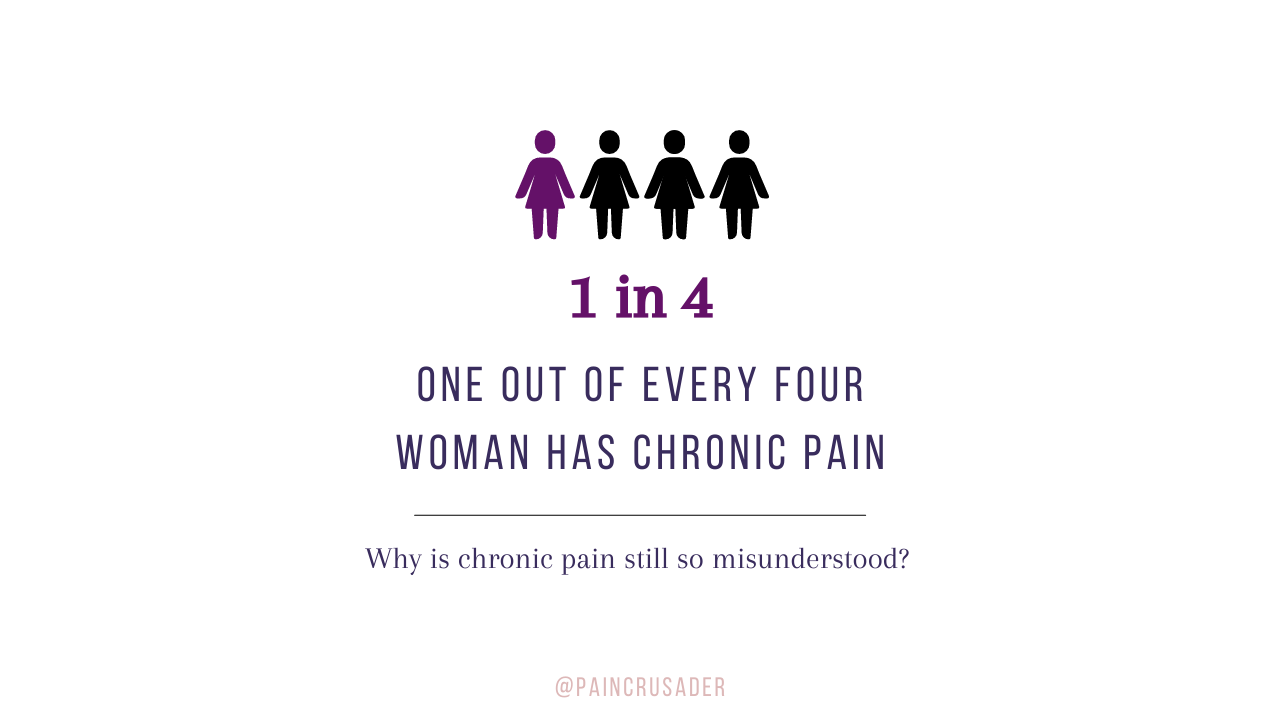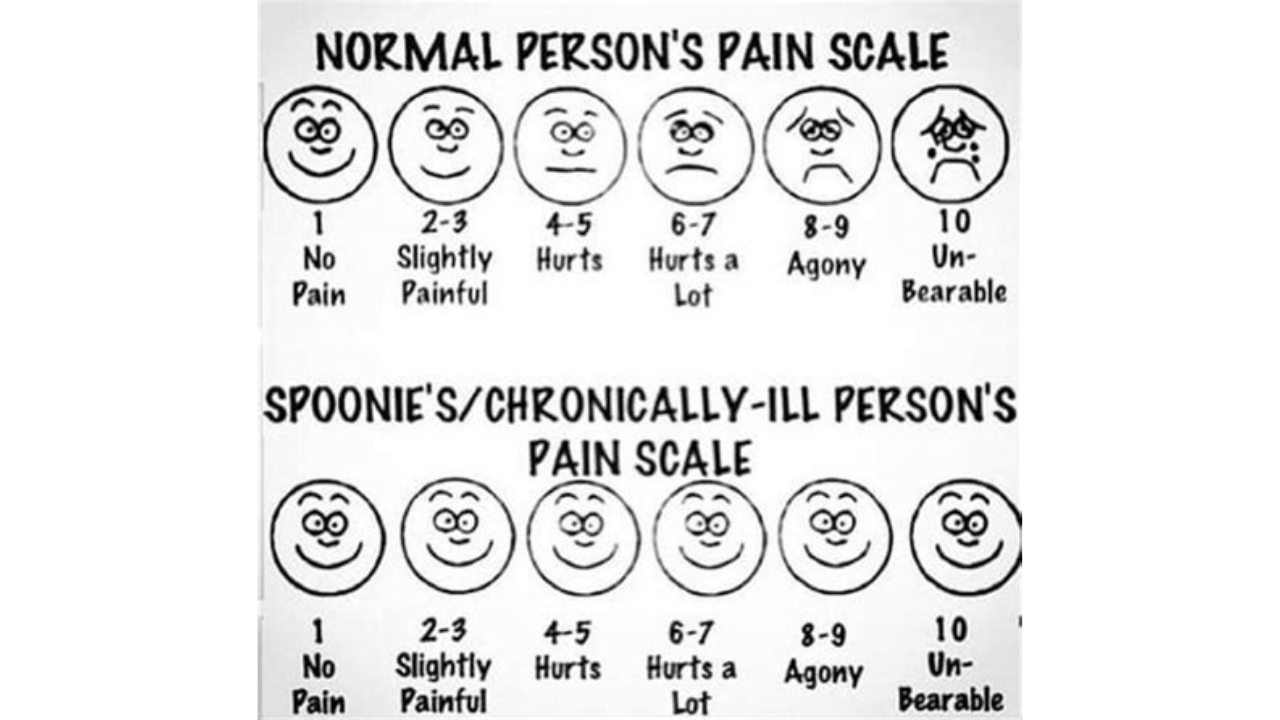Everyone experiences pain at some point in their lifetime. In fact, 80% of people experience at least one episode of low back pain in their lifetime. About a quarter of the population has chronic pain. With pain being a such a common experience, its hard to believe how stigmatized pain and disability still is.
In this post, I'll break down the definition of pain and shed some light on this dark, heavy cloud that is pain.
According to the IASP’s 2020 revised definition of pain, pain is: “an unpleasant sensory and emotional experience associated with, or resembling that associated with, actual or potential tissue damage”.
This definition is clear as mud isn’t it? There’s a lot packed into this definition and to get a better understanding, we need to break that definition down one piece at a time.
"Pain is an unpleasant sensory AND emotional experience"
Pain is an experience that involves both a physical sensation of discomfort AND an emotional component as well. The emotional component cannot be removed from the experience of pain just as much as the sensory component cannot be taken away. The two go hand in hand. You can't have one without the other. Could this be why being asked to rate your pain on a 0 to 10 scale feels so cold? Because this scale does not take into account the emotional toll or suffering that accompanies any pain experience.
"Pain is an experience"
Every time anyone feels pain, it is a unique experience. Pain is personal. Everyone has a different experience of pain. Even two people with the same diagnosis have a different experience. Because of that, we need to respect the way people describe their pain because it is their experience.
There is no way for us to scientifically or objectively measure pain, like on an x-ray, MRI, or a blood test, so the best way we know to quantify (or qualify) pain is to listen to & respect the way people describe their pain. So the next time someone tells you they're hurting, tell them you believe them and give them the validation they deserve.
"Pain is associated with, or resembling that associated with, actual or potential tissue damage”
What this snippet is trying to explain is that you can have pain when you have actual tissue damage, like a sprained ankle, for example, but that isn't always the case. It is possible to have actual tissue damage and no pain (see this example). It's also possible to experience pain even if you don't have anything stimulating the pain (ever heard of phantom limb pain?). Or, you can have a small injury associated with very high levels of pain, like with a papercut, or stepping on a leggo. You can have a really severe injury & feel no pain at all (for example, soldiers with extensive wounds with very little or no pain).
Pain is very inconsistent. That is because the way pain is generated is a very complex process that involves the tissues in your body, your nervous system, your environment, mood, past experiences, body chemistry, and more.
This does not mean that your pain isn't real, made up, or all in your head. This doesn't mean that your injury isn't real or doesn't matter. The key point here is that pain is inconsistent and is a very complex process. Simply put, pain is not a reliable tool to measure extent of injury or structural damage.
Understanding pain is important not only to understanding the person experiencing it but also to being able to appreciate and control pain.
Key points to Understanding Pain:
- The experience of pain involves both sensations and emotions. You can not have pain without both features.
- Pain cannot be measured on an x-ray, MRI, or blood test. It is an entirely subjective experience, unique to the person experiencing it.
- Pain cannot be generalized. One person's description of pain should be respected as their own experience, not judged through the lens of your own pain experiences of pain.
- Pain is complex and inconsistent. It is not a reliable measure of injury or structural damage.
- The best approach to treating pain depends on the individual experiencing it. One size doesn't fit all, which is why cookie-cutter-care doesn't provide lasting pain relief.
Pain is complex, variable, unique, and darn right complicated. Having a deep understanding and respect for pain can give you power and control over it.
My coaching program was designed to give you a greater depth of understanding of pain from a neuroscience perspective. If you would like to learn more about the neuroscience of pain, I would encourage you to book a discovery call to chat with me today.











